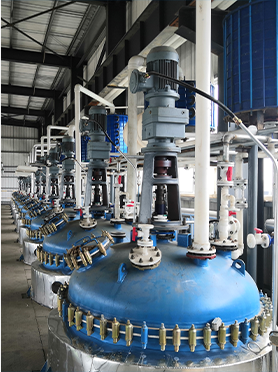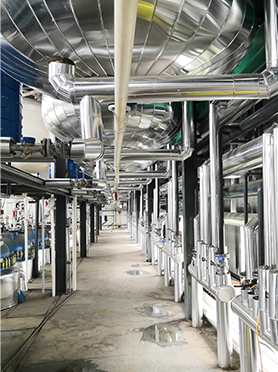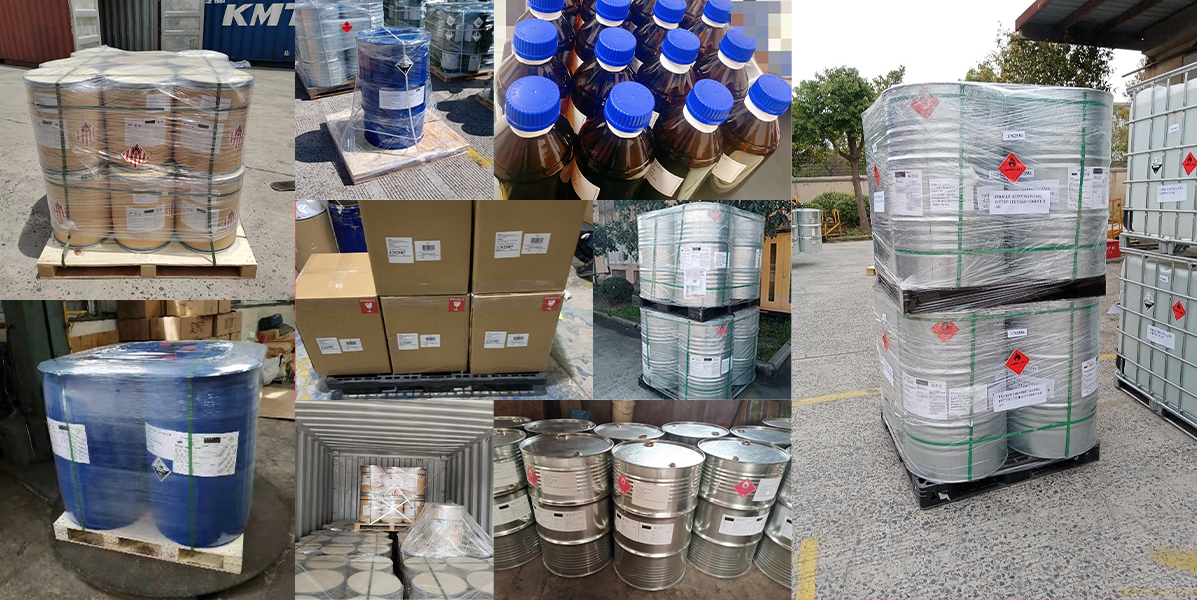The vibrant and energy-efficient displays we interact with daily owe their existence to complex organic molecules synthesized through intricate chemical processes. Organic Light-Emitting Diodes (OLEDs) rely on specialized organic semiconductors, and the efficient synthesis of these materials is a significant focus for chemical manufacturers. For B2B procurement managers and R&D scientists, understanding these synthesis routes and the role of key intermediates is crucial for sourcing and innovation.
The Architecture of OLED Materials and Key Intermediates
OLED devices are constructed from multiple thin layers, each composed of specific organic materials responsible for functions like charge injection, charge transport, and light emission. The molecules used in these layers are often characterized by extended pi-conjugated systems, incorporating aromatic rings and specific functional groups that dictate their electronic and optical properties. Building these complex structures typically involves sophisticated organic synthesis techniques, with cross-coupling reactions being particularly prevalent.
Boronic acid derivatives, such as 3-Fluoro-4'-propylbiphenyl-4-ylboronic acid (CAS No. 909709-42-8), serve as pivotal intermediates in these synthetic pathways. Their utility lies in their ability to participate in reactions like the Suzuki-Miyaura coupling, allowing for the precise attachment of molecular fragments to build the desired conjugated systems. The presence of fluorine and the biphenyl backbone in this specific intermediate can impart enhanced thermal stability, charge mobility, and specific electronic characteristics beneficial for OLED performance.
Typical Synthesis Pathways for Biphenyl Boronic Acids
The synthesis of biphenyl boronic acids often begins with readily available halogenated aromatic precursors. A common strategy involves:
For a compound like 3-Fluoro-4'-propylbiphenyl-4-ylboronic acid, the synthesis would involve carefully controlled steps to incorporate the fluorine atom, the propyl group, and the boronic acid moiety onto the biphenyl framework. This might involve electrophilic fluorination, alkylation reactions, and selective boronation or coupling strategies.
Sourcing from a Specialist Manufacturer
As a leading chemical manufacturer, we pride ourselves on our advanced synthesis capabilities and stringent quality control. We produce 3-Fluoro-4'-propylbiphenyl-4-ylboronic acid with a minimum purity of 97%, ensuring its suitability for demanding OLED applications. For R&D scientists and procurement managers looking to buy this critical intermediate, partnering with us means gaining access to reliable, high-quality materials directly from the source.
We encourage you to contact us to inquire about our synthesis expertise, discuss your specific material requirements, and receive a quote for your next purchase of OLED intermediates. Trust us to be your reliable supplier for the building blocks of next-generation displays.
Manufacturing Facilities






Professional Export Experience
to Global Customers

1. 20 years of R&D, manufacturing and sales experience, serving customers in 60 countries and regions around the world;
2. Own R&D laboratory, pilot platform and large-scale production workshop, which can meet the audit requirements of global customers;
3. We can satisfy customers' perfect transition from small scale lab requirements (gram level) to commercialization requirements (hundred tons level).
A: We don't have Minimum Order Quantity, exact quantity should be provided before quotation for us to calculate the exact cost.
A: We don't provide free samples due to lots of request and expensive international courier's cost, we can deduct the sample charge after commercial order placed.
A: Our payment terms: Small or sample order: T/T IN ADVANCE. Commercial order: First order should be by T/T IN ADVANCE or L/C at sight, and following orders T/T 30~90days is acceptable subject to approval of credit application.